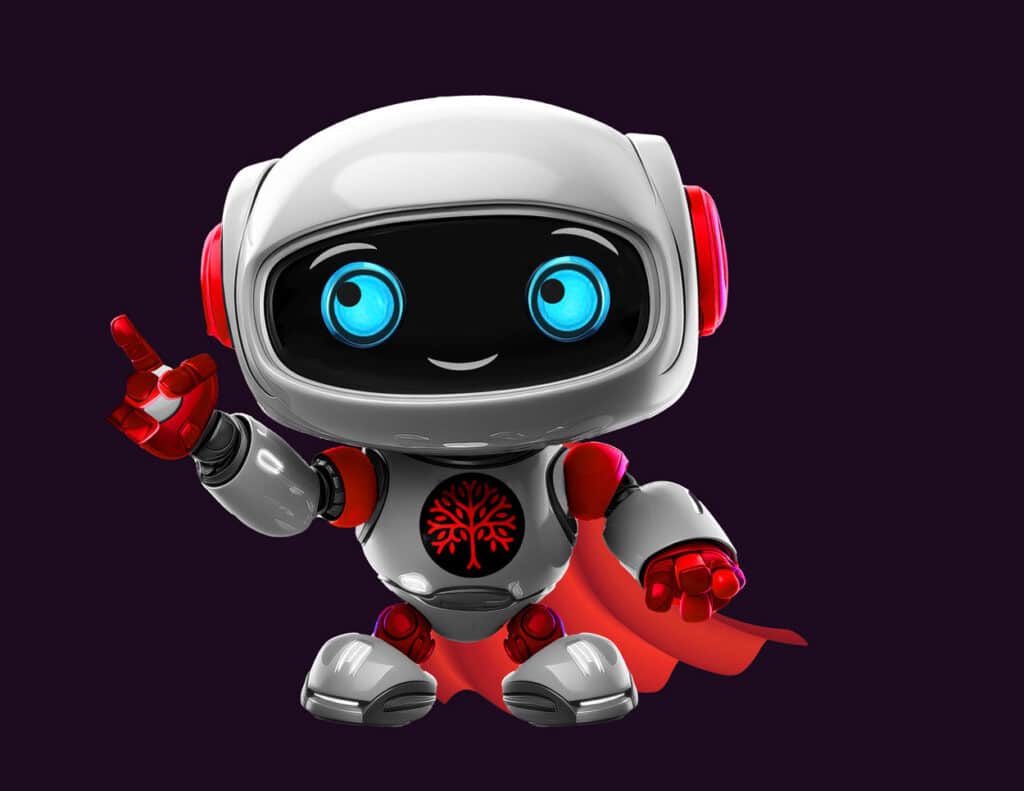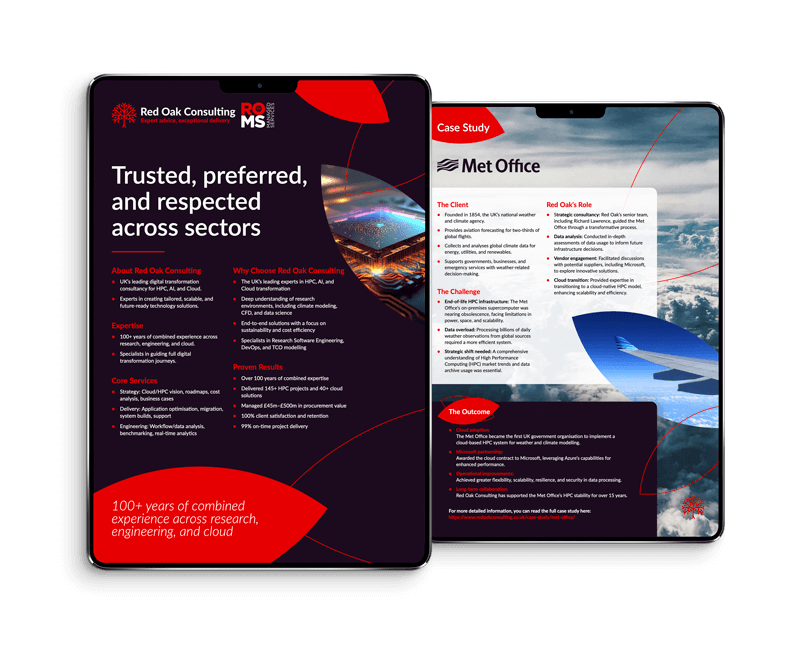Now that the dust has settled, we can look back on the experience that was SC24 in Atlanta.
We arrived in Atlanta to be welcomed without the expected transatlantic fuss. The queues at Immigration were not too long and progressed quickly, most likely due to some use of AI and facial recognition.
Rising early on Sunday, we headed to the Atlanta World Conference Center to collect our badges. This turned out to be quite fortuitous, as the queues at reception got longer as the morning progressed.
Hearsay told me that registration was generally smooth, considering 18,000 attendees had to be accommodated.
Tutorials, Workshops and Socialising
Whilst some of our team were presenting tutorials, my intention was to attend a variety of workshops. With a keen interest in sustainability attending the “sustainable supercomputing” workshop seemed logical.
The presentations were focused largely on improving workload efficiencies to help reduce the power usage of such power-hungry supercomputer systems.
Reducing CPU frequency for workloads or power capping were the main topics covered for reducing power consumption.
Though there were plenty of other equally valid points being made for better power management and energy efficiencies for data centre wide energy savings.
It was great to hear all the presentations on where supercomputers and data centres can be more efficient and reduce power consumption.
All the presentations on sustainability were inspiring, though it would be interesting to hear from the providers from the whole supercomputer supply chain, including infrastructure, hardware and power provider’s sustainability plans and achievements.
There were numerous workshops that provided interesting insights and audience discussion. It was unfortunate that I could only attend one at a time.
The workshops were the aperitif to the main event. The days that followed were a blur of meetings, booth presentations, booth chats, impromptu chats with friends new and old, walking, and much more.
With so much on offer and limited time, we could only get a small taster of all that was present.
Nvidia Was Virtually Omnipresent
 Has there ever been a supercomputer conference where one company has dominated so much of the discussions and the exhibits?
Has there ever been a supercomputer conference where one company has dominated so much of the discussions and the exhibits?
That one company was naturally Nvidia. So many of the 450-plus booths were promoting partnerships with Nvidia.
I do not recall being able to turn my head without seeing Nvidia splashed on something or having a discussion, without GPU dominating.
The new Nvidia GB200 was on display at many hardware vendor booths. It is a weighty beast and a thing of beauty, if you are inclined that way.
A GB200-based server looks so simple and integrated onto one board it makes the chassis look almost bare.
One has to speculate where a product of this nature leaves the hardware manufacturers and how they can differentiate themselves from each other.
With Nvidia being so prominent it was hard to see how AMD and Intel are going to catch up in the GPU game.
Quantum, you have got to be in it to win it
The UK lottery has a slogan that you have got to be in it to win it. This is similar to phrases being banded about for Quantum Computing (QC).
 We all need to start our QC journey now otherwise we will be in danger of missing out.
We all need to start our QC journey now otherwise we will be in danger of missing out.
We had interesting and enthusiastic conversations with vendors in the Quantum Village.
There was a lot of positivity in the roadmaps for increased qubit count, fault tolerance, and algorithm development. Advancements in the technology are gaining increasing momentum.
Quantum advantage and production readiness though are still several years away.
QC will have its place in the future, and it is likely that architectures consisting of CPUs, GPUs and QPUs.
Classical computing will not be replaced by Quantum, it will be enhanced. Users can then choose the best options suitable for specific elements within their workloads.
Exciting times are ahead for QC and supercomputing as investment remains high and advancements continue at a rapid pace.
Innovations for Storage
The AI revolution has seen a focus on data and data storage solutions. Those vendors that were new kids on the block now seem to be well established.
 There certainly seemed to be less flashy and gimmicky marketing promotions during the week.
There certainly seemed to be less flashy and gimmicky marketing promotions during the week.
There are some really interesting software solutions for enhancing storage performance and utilisation from established vendors such as DDN with their announcement of Infinia and some really interesting developments from companies such as Storj and Hammerspace.
If anything, storage is taking more of a centre stage and is a very competitive space.
Final Reflections on SC24 Atlanta
What a week. I hope everyone who attended enjoyed the conference and got a lot out of attending. Not just sore feet.
This blog could turn into an essay, so my takeaways and ponderings from this year:
- GPU, especially Nvidia dominated.
- Get on the Quantum Computing bandwagon now.
- There are some very interesting innovations in storage.
- Liquid cooling is cool. There are some amazing, engineered solutions.
- Action on sustainability needs to be more aggressive.
- Greater collaboration and sharing is needed for education in HPC.
- Is PUE still a relevant metric for measuring the sustainability of massive data centres?
- Controversial murmurings on the continued relevance of the top 500.
As we continue to navigate the evolving landscape of high-performance computing, Red Oak Consulting remains committed to providing expert insights and innovative solutions to help you stay ahead of the curve.
Until next time, keep pushing the boundaries of what’s possible

Nick Skingle
Managing Consultant
Red Oak Consulting


